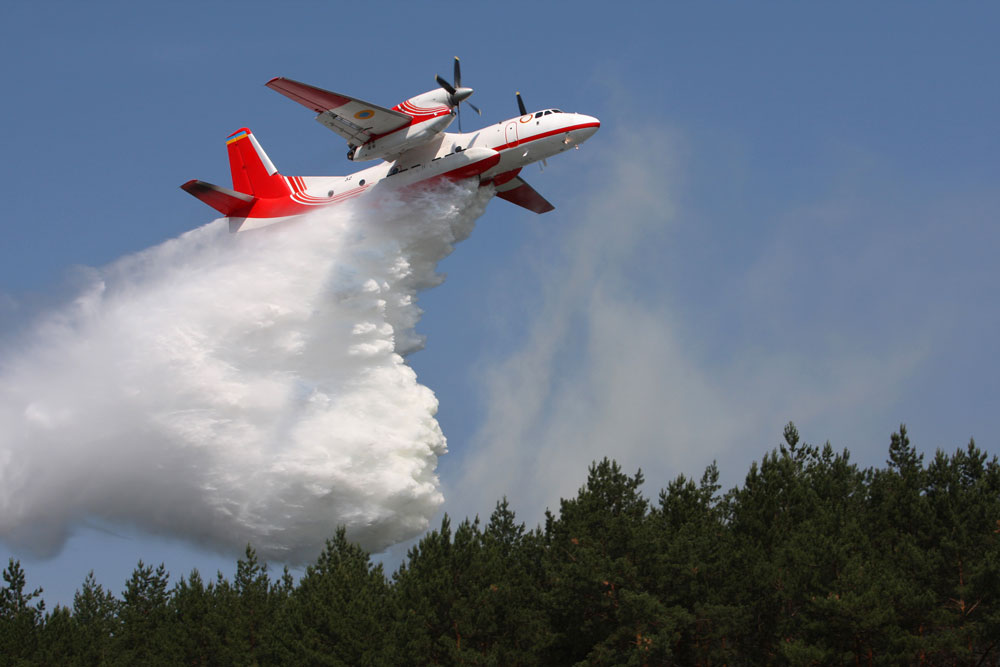The Problem

Since 2011, the percentage of overall fatalities due to Loss of Control In-flight (LOC-I) for airlines worldwide has increased from 32.8% to 49.4% of all fatalities. Boeing and the Commercial Aviation Safety Team compile accident data into the last ten year period every year. For each of the last seven years straight, the contribution of fatalities due to LOC-I has climbed. While in many ways we may be better than ever at how we train pilots to fly in the normal envelope, it is quite clear that in unexpected airplane upset events we are failing to adequately prepare pilots to prevent or recover from an LOC-I.
Special Mission Risks
The statistics listed above are for airline flying–getting passengers from one city to another. While the data for this sector of aviation is more detailed, it does not adequately reflect the inherent risks associated with various non-standard flight operations such as aerial law enforcement, wildlife management, or other aerial public safety flight activities. Listed below are several considerations that raise the potential for aircraft upsets that could lead to an LOC-I event.
Speeds
Extended operations at loitering power settings to increase endurance place an airplane at lower airspeeds, and consequently higher angles of attack. This means that the airplane spends long periods of time at an elevated angle of attack. This presents a reduction in the margin of safety from operations at normal cruise airspeeds. The effects of turbulence, pilot mishandling, ice accumulation, or automation mismanagement can all more easily result in an unanticipated aerodynamic stall.
Altitudes
Operating altitudes for many airborne public safety flight operations may be dictated by mission requirements. That may mean operating at lower than optimum altitudes where icing conditions and turbulence may be more prevalent. Obviously, flight at lower altitudes reduces time available for recovery from undesired aircraft states, requiring an efficient response to avoid contact with terrain.
Maneuvering Flight
Normal operations require little maneuvering in cruise flight to get from takeoff point to destination. Special mission operations often involve near continuous maneuvering or orbiting, increasing angle of attack in level turning flight. Combined with slower speeds this can further reduce the available margin above critical angle of attack.
Workload
Mission requirements for the conduct of many airborne public safety roles create workload demands that are far greater than the tasking of routine cross country flight operations. Aircraft control can often become a secondary consideration to the mission at hand. A few examples are:
Tracking Ground Targets: Whether pursuing suspects, surveying wildlife, or tracking other movements on the ground, maneuvering the aircraft for correct positioning and line of sight significantly increases the demands of manual flight path control.
Sensor requirements: In order to satisfy mission requirements to acquire imagery, special mission platforms can be pushed to the edges of the envelope. This can create situations in which accomplishing the mission conflicts with the requirement to keep the aircraft in the center of the aerodynamic envelope.
Multiple Radios: Special mission operations can involve coordination on multiple frequencies, meeting the needs of sensor operations, and other considerations and requirements that can cognitively compete with the demands of aircraft control and reduce situational awareness of aircraft attitude and energy state.
Mitigating the Threat of Loss of Control
Standardized Upset Prevention and Recovery Training (UPRT) is the best possible way to mitigate the increased LOC-I threats identified above. UPRT focuses on not only recognizing conditions which can set an airplane on a path that could lead to an airplane upset event, it also provides the specialized proficiency necessary to safely and effectively recover from such situations to avoid loss of control. Police departments and other agencies operating fixed-wing airframes have come to rely on the increased knowledge and skill that APS provides in helping aircrews safely perform their missions.
Comments: